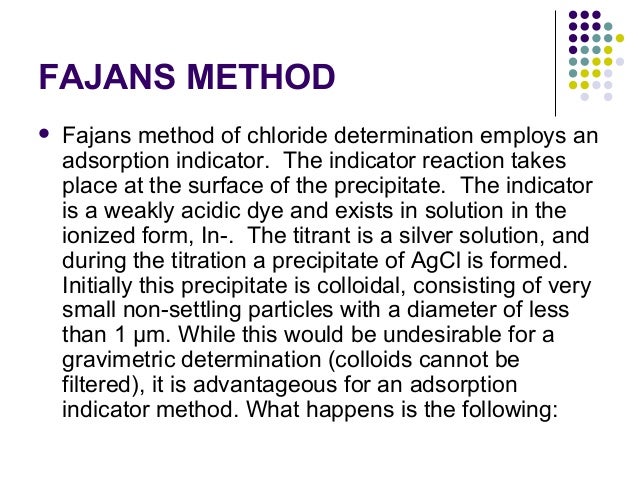
If we react 5 g 5\ \text 4.35 g of acetone. Let's ignore the solvents underneath the arrow (they will both be present in excess and therefore will not be limiting reagents), but also the sodium cation of the sodium cyanide, as it is just a spectator ion. There you go! If you are still struggling, check the examples below for a more practical approach. Use the first equation to find the mass of your desired product in whatever units your reactants were in. If both have the same amount of moles, you can use either. Select the reactant with the lowest number of moles when stoichiometry is taken into account. We do this by using the second equation in the theoretical yield formula section (pro tip: make sure that the units of weight are the same for the correct results: you can use the weight converter if you need help with the factors).
#Agcl precipitate calculator how to#
Look no further to know how to find the theoretical yield:įirst, calculate the moles of your limiting reagent. The measurements you need are the mass of the reagents, their molecular weights, the stoichiometry of the reaction (found from the balanced equation), and the molecular weight of the desired product. That means, AgNO 3 and NaCl is a precipitation reaction. When aqueous AgNO 3 and aqueous NaCl compounds are mixed together, there is a high chance of giving a white colour precipitate if initial silver nitrate and initial sodium chloride concentrations are considerably high. Now, the theoretical yield formula may seem challenging to understand, so we will show you a quick guide on how to calculate the theoretical yield. Reaction Stoichiometry Calculator 1) Input a reaction equation to the box. Silver Nitrate + Sodium Chloride Reaction. Remember to hit refresh at the bottom of the calculator to reset it. If you are uncertain which of your reagents are limiting, plug in your reagents one at a time, and whichever one gives you the lowest number of moles is the limiting reagent. This compound must also be pure and easily filtered. In order to do a gravimetric analysis, a cation must be found that forms an insoluble compound with chloride. IMPORTANT NOTE: Yields can only be found using the limiting reagent. An example of a gravimetric analysis is the determination of chloride in a compound. Its solubility in water at 25C is 7.36 × 10 4 g/100 mL.

You can also use the theoretical yield equation to ensure that you react with equal moles of your reactants so no molecule is wasted. Calcium oxalate monohydrate Ca (O 2 CCO 2 )H 2 O, also written as CaC 2 O 4 H 2 O is a sparingly soluble salt that is the other major component of kidney stones along with Ca 3 (PO 4) 2. This allows you to work out how efficiently you carried out your reaction (the quantity you can find at the actual yield calculator), which is done by calculating the percent yield. Solubility products are determined experimentally by directly measuring either the concentration of one of the component ions or the solubility of the compound in a given amount of water.This theoretical yield calculator will answer all the burning questions you have regarding how to calculate the theoretical yield, such as how to find theoretical yield as well as the theoretical yield definition and the theoretical yield formula.īefore carrying out any kind of lab work, you need to work out what is the theoretical yield so you know how much of your product, be it a molecule or lattice, you can expect from a given amount of starting material. An example of a gravimetric analysis is the determination of chloride in a compound.

\): Solubility Products for Selected Ionic Substances at 25☌ Solid


 0 kommentar(er)
0 kommentar(er)
